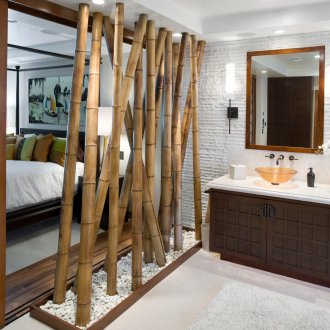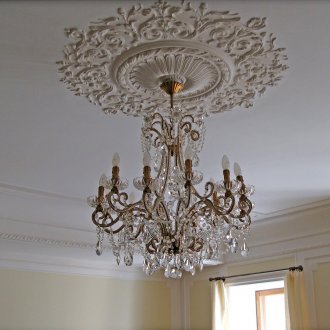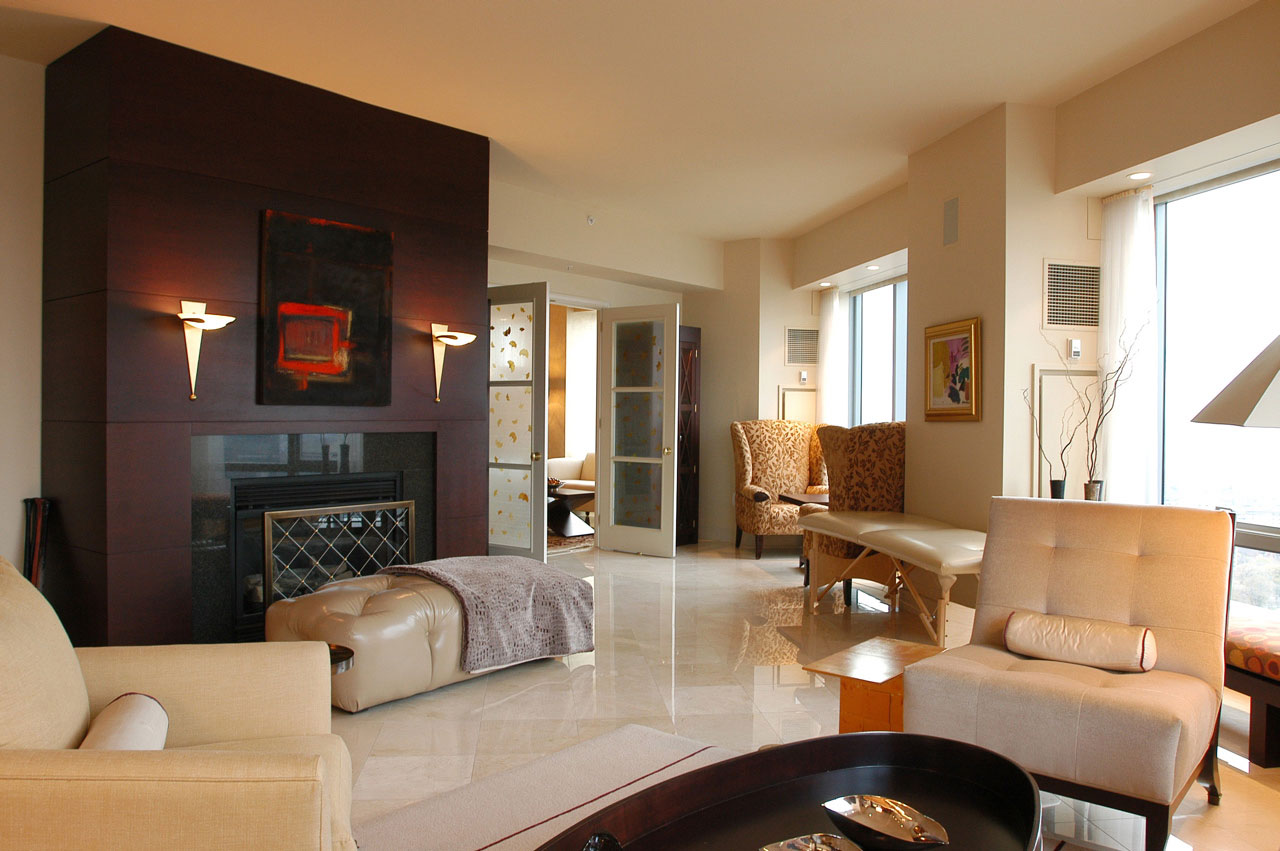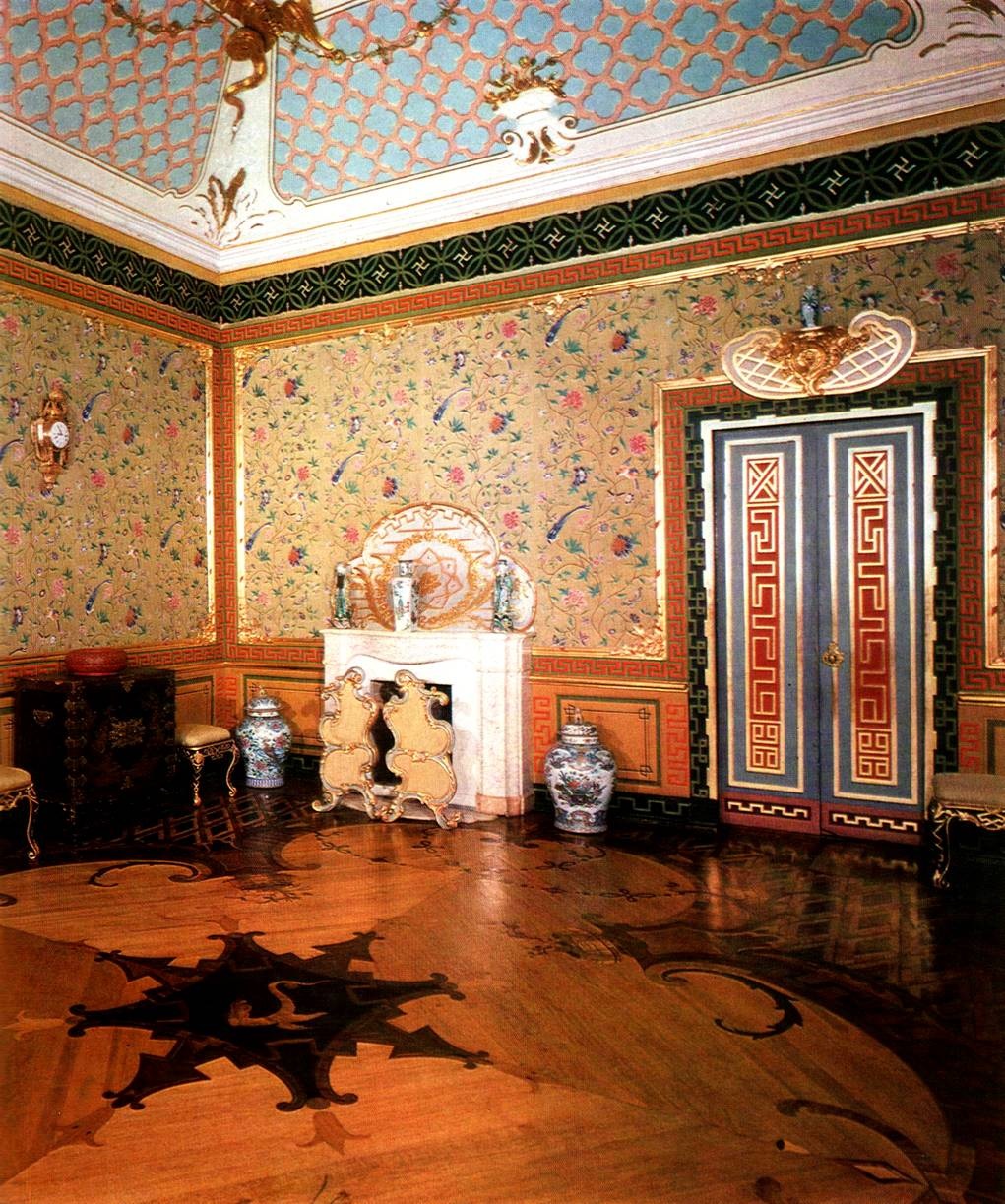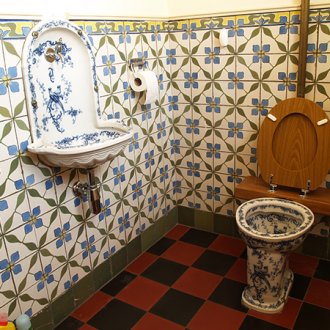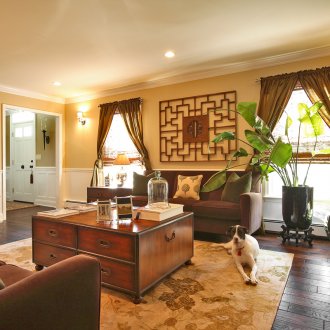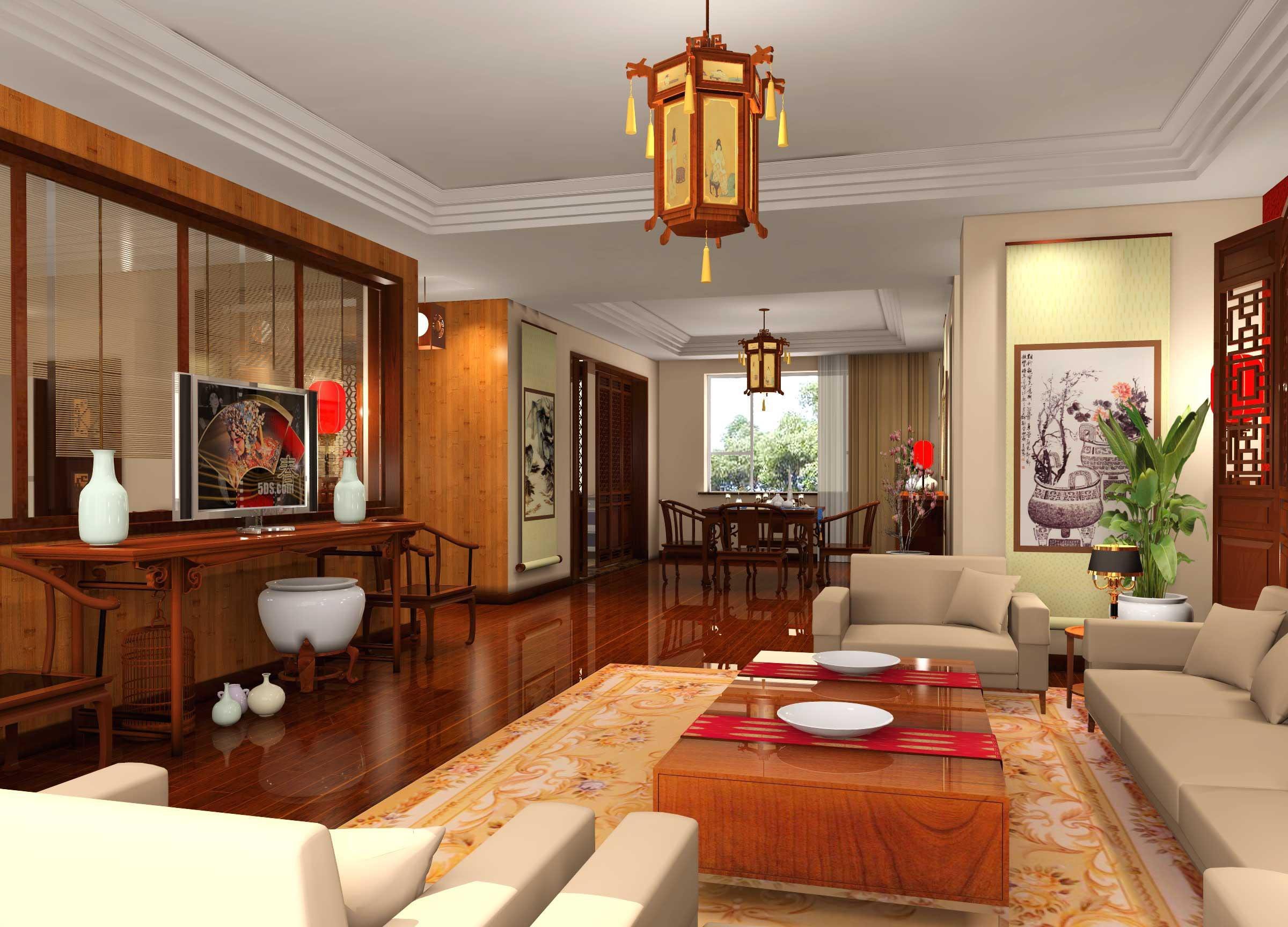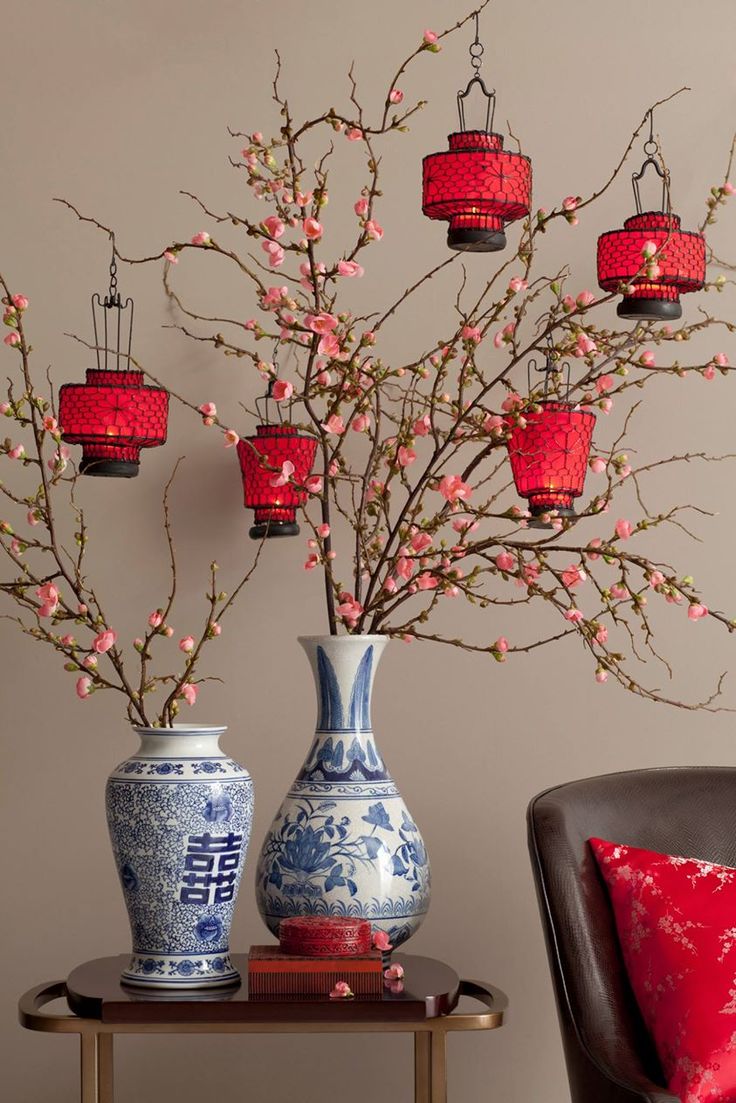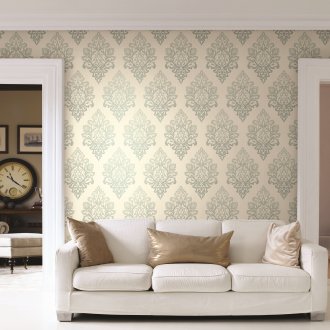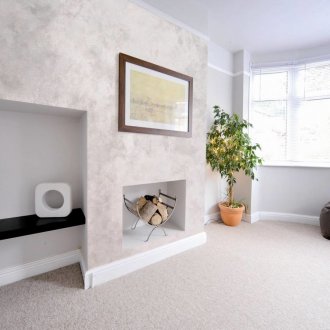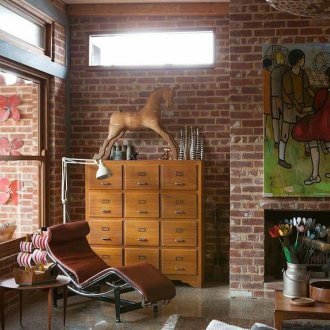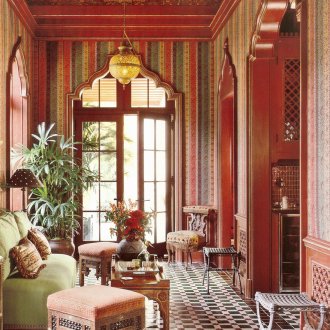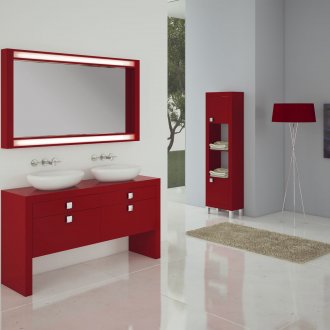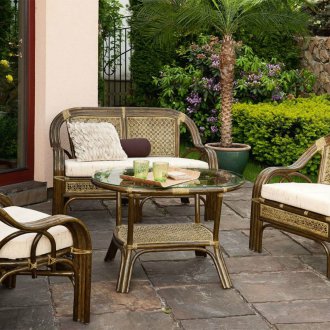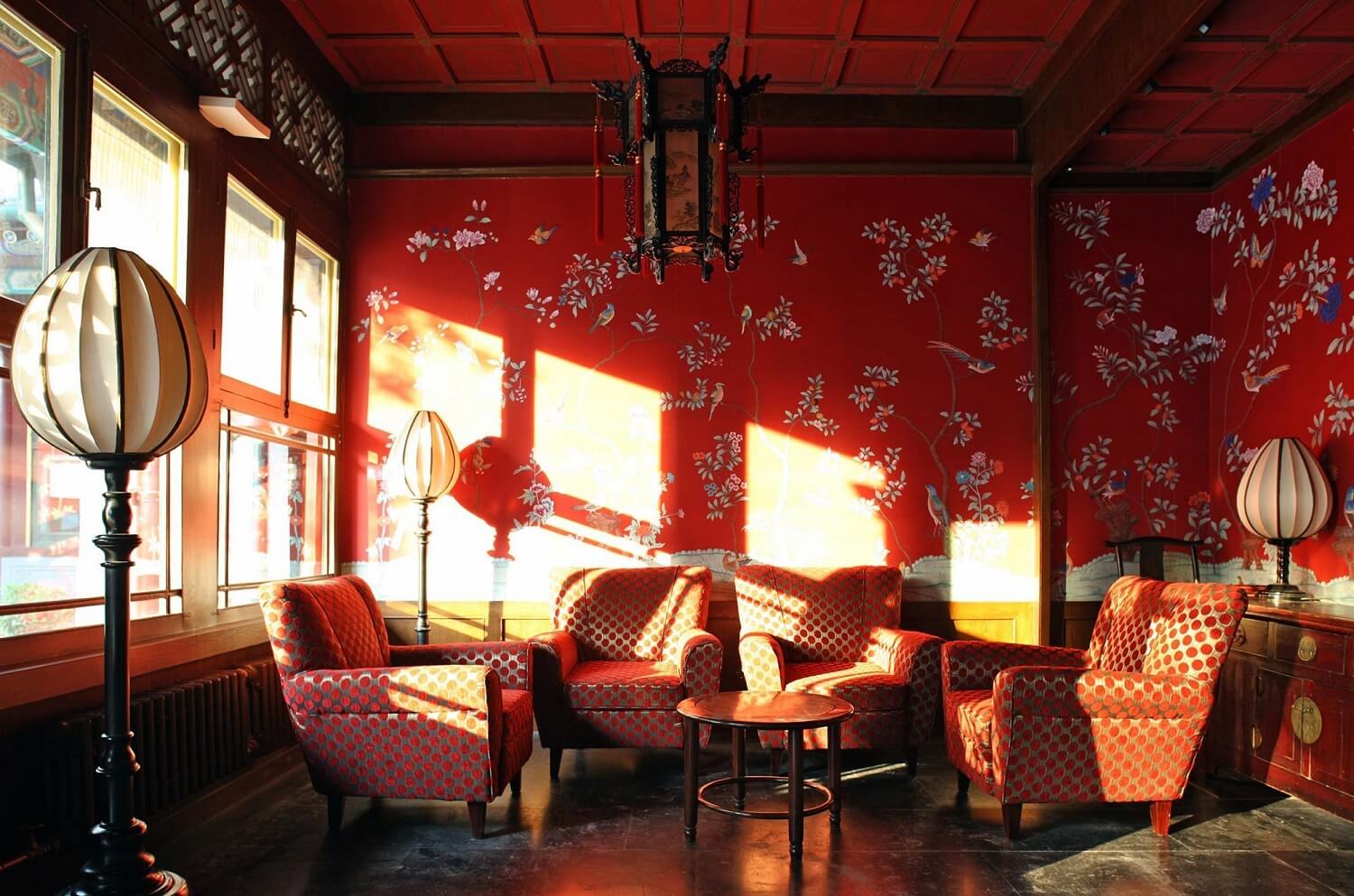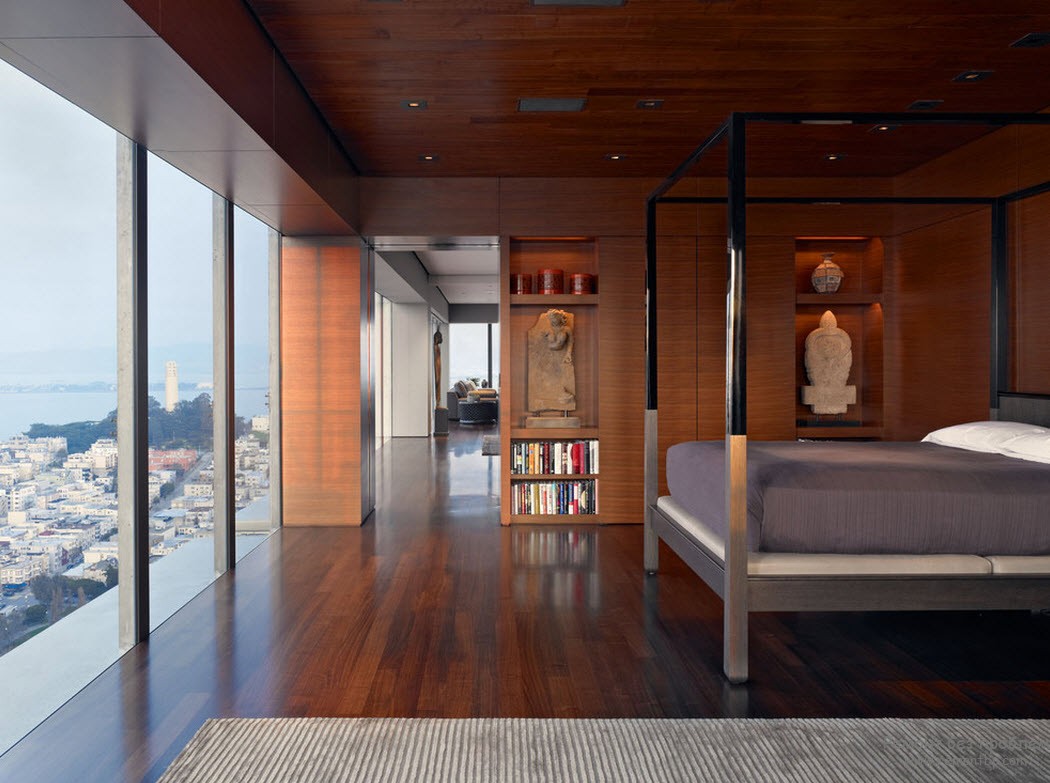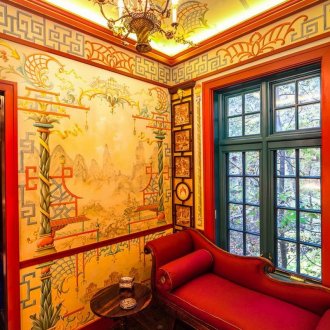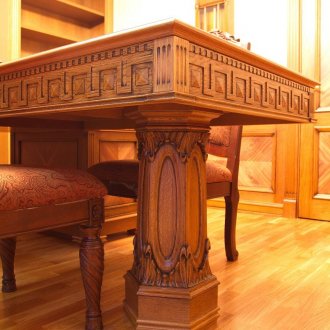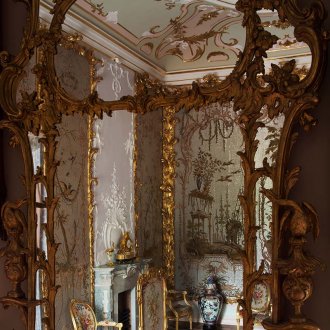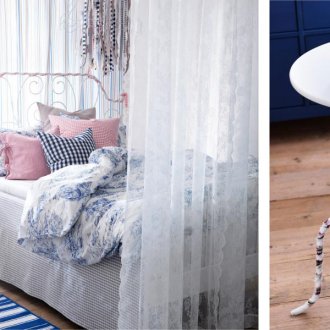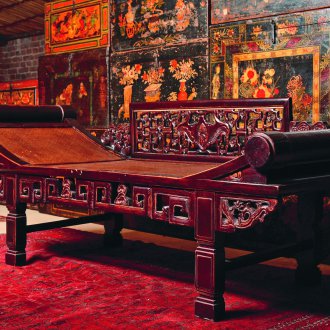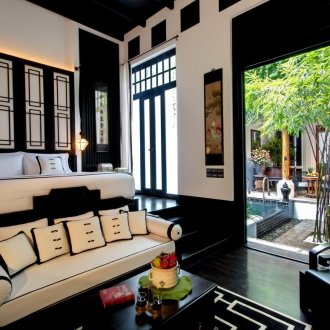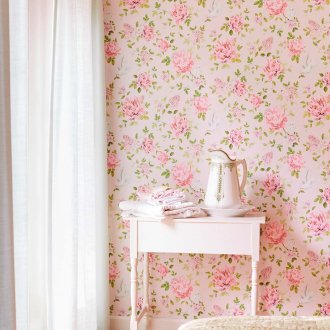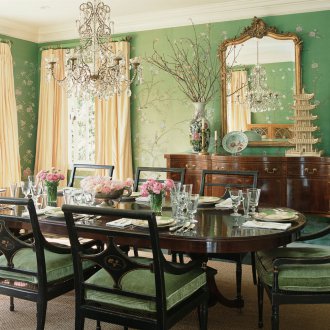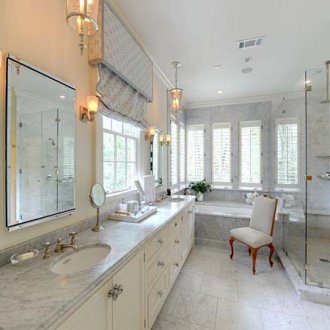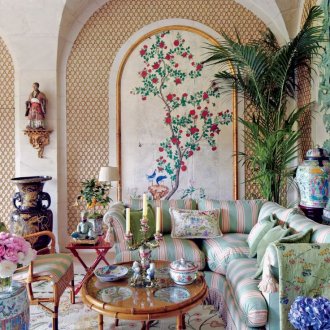Chinese style in the interior - the balance of nature (26 photos)
Content
The functionality of each house is undeniable - it’s not just a certain decoration or imitation of a certain style, but a way to achieve comfort and coziness. Many achieve this by applying the Chinese style in their housing - it is based on simplicity, nature and energy.
The Chinese people make the most of the interior space of their housing, making niches for storing decorative objects. The rich furnishings of the kitchen, the interior of the bedroom and any other room are elegantly completed by lacquered tables and carved racks for vases and decorations.
Chinese style in the interior
The knowledge of how a house should be, the features of its aesthetics and functionality originated many years ago; to our time, they have improved due to technological progress. Due to the fact that Chinese culture sees only contemplation in everything, the house must symbolize this quality. The Chinese interior is very intricate, but at the same time practical.
The design uses low furniture, all objects and products are made of natural materials (mainly wood), preference is given to sunlight, the windows are freed from curtains (in rare cases, the use of bamboo blinds is possible), artificial lighting is dim.
The distinctive features of the Chinese style
The Chinese style in the interior has no sharp corners, no bulky furniture elements. The basic material for interior design is durable and flexible bamboo.
Making furniture, the craftsman uses the sophisticated technique of multi-layer varnishing as an element for decor, carvings on varnish - this is an effective way of decoration today. The furniture of the apartment in the Chinese style harmoniously combines with the surrounding objects, complemented by lacquered decorative tables used as supports for vases and room decorations.
The main elements of the interior of the kitchen - the table and chairs - have long been made only of natural materials (as a rule, they served as bamboo) and were rectangular in shape.
The main piece of furniture for the bedroom in the Chinese style were rectangular sunbeds and chairs. The main distinguishing feature of the Chinese style in design that has survived in our time is the absence of curtains on the windows.
The traditional Chinese interior is harmony, conciseness, aesthetics, everything that contributes to the creation of a cozy and relaxing atmosphere. This style of apartment or room is a combination of characteristic accents, and therefore this interior is able not only to reveal the individual possibilities, preferences and tastes of the owner of the apartment, but also to give a certain atmosphere and influence any guest.
Colors for the Chinese play an important role and take not the last place in the creation of style. As a rule, red (fire dragon color), black, blue, green, yellow are used.
The use of lamps in the Chinese style
Even if you think the resulting interior is perfect, all the same, without the most important element, all objects will remain just a set of furniture. The main element is the lighting, to which the Chinese attach the greatest importance. The positive energy of any room depends on the location of the lamp or lamp, the direction of their light.
The basic rule for creating a traditional Chinese style is naturalness.Small tricks can help to achieve this goal: you can put a lamp behind a light screen or it’s better to install several small lamps so that they imitate the “baton of fire”. In this case, traditional lanterns will slightly reveal secluded corners and will complement the interior of both the kitchen and the bedroom.
Philosophy and nature of the interior
It is impossible to create a Chinese style in the interior if you do not have knowledge of the culture and traditions of the country. Just by familiarizing yourself with the culture, the concept of the life of the people of China, you can find a sense of proportion and feel the relevance of every little thing in the interior. Otherwise, you can turn your home into a tasteless room, and the ill-conceived color scheme can make the interior clumsy.
The main features introduced into the Chinese style are plasticity, smoothness, airiness, softness, elegance. It would seem that in the conditions of standard apartments there is no way to comply with these rules, but successful solutions can be found using design techniques, thoughtful arrangement of furniture, and the use of decorative accessories.
Features that you need to know when applying Chinese style design:
- The most common colors: red with black, gold, yellow - indicators of luxury.
- Walls are plastered or painted, but wallpaper is often used. After all, the usual for us wallpaper was originally made in China. Oriental-style ornament looks great on the walls; mysterious hieroglyphs or Chinese classical patterns fit into the interior.
- Sex, often dark, can have red overflows. For arrangement, a fine solution would be to use a thin carpet or parquet made of bamboo.
- For the improvement of the interior when choosing furniture, one must be guided by practicality and simplicity. Furniture items should be small, light, and the most important condition is the absence of sharp corners. Square outlines in this style are very rare. A distinctive feature of Chinese-style furniture is lacquered surfaces. Wood carving is a wonderful decoration for all furniture.
- When embodying the Chinese style in their projects, designers widely use decorative and expensive attributes.
- Light sources are round chandeliers.
Chinese style is created through accents. The easiest way to use it is to supplement the room with accessories in which China would guess.
